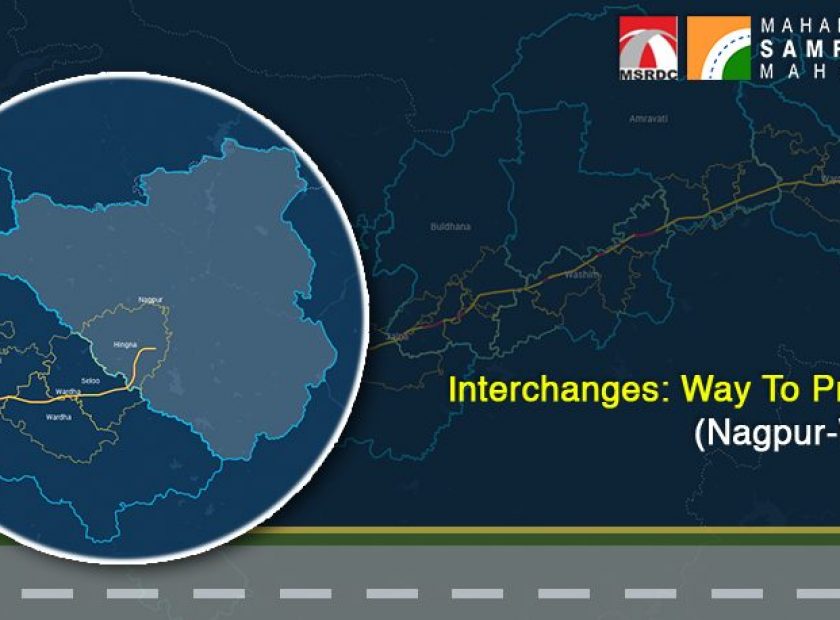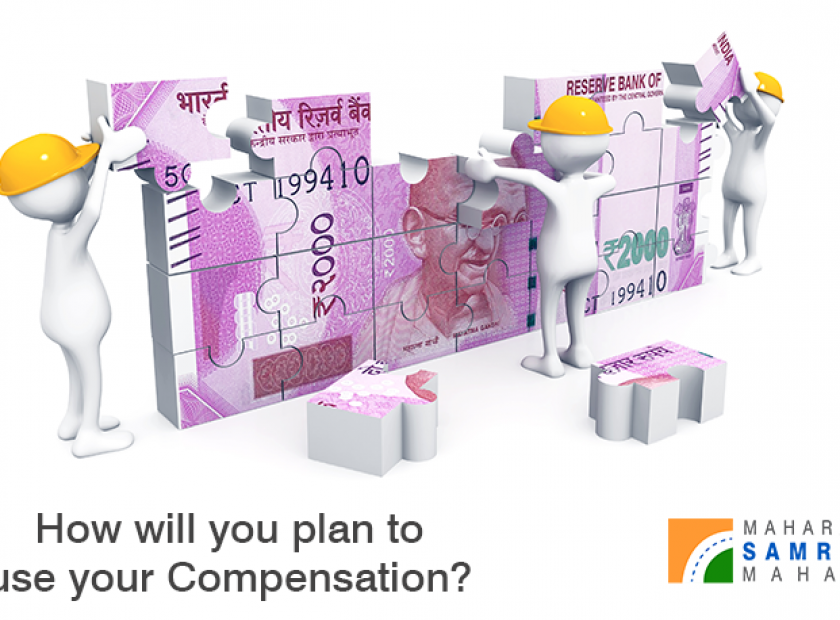
When it comes to steering a country towards progress, new developments in infrastructure facilities play a crucial role. The proposed Maharashtra Samruddhi Mahamarg will be the country’s longest and first Greenfield Expressway which will play an all-important role in the overall development of not just the state, but hopefully the country as well. The work on this proposed highway has reached a decisive stage. The MSRDC was always insistent on ensuring proper dialogue with the farmers and other beneficiaries and making them a part of the scheme by providing them with complete and correct information from time to time. However, there is a section of land that cannot be purchased under the direct purchase of land scheme due to some technical aspects. This two-part article is an attempt to shed some light over such land and the relevant laws governing it. This is the first part of the article…
An important aspect of the Maharashtra Samruddhi Mahamarg Project – the acquisition of land through interaction with and by mutual consent of the landowners is almost complete. The beneficiary-farmers have been promptly compensated by the MSRDC with an amount that is five times the amount that is higher of the two – the rate as calculated under the Central Government’s Land Acquisition Act along with details of purchases made in the last three years and the rate as per the current Ready Reckoner. Due to effective implementation of the scheme, the MSRDC has managed to acquire more than 80% of the total 8636 hectares of land (privately-owned as well as government-owned) that is required for the Maharashtra Samruddhi Mahamarg Project in a short span of time. Achieving such a huge feat for the proposed scheme through proper communication alone is a big and historic achievement in itself. As on 2nd June, 2018, the collective compensation amount deposited in the bank accounts of the beneficiary-farmers who have given up their land for the scheme is ₹4,893 crores. It is crucial that 100% of the requisite land is acquired by the MSRDC in order to expedite the work on the proposed highway. Currently, the MSRDC has acquired approximately 81% of the required land from within 10 districts. The process of acquisition of the remaining land, which includes both privately-owned and government-owned land, is faced with some technical difficulties which we need to understand in more detail. The MSRDC has not been able to acquire such land through the direct purchase of land scheme due to the technical difficulties involved. Even after examining all possible alternatives to purchase such land directly through the scheme, the MSRDC had to face a lot of difficulties in the acquisition process. Eventually, it was decided to opt for a legal recourse to counter the technical difficulties.
Accordingly, the Maharashtra Government issued a notification under Section 15(2) of the Maharashtra Highway Act for the purpose of acquisition of the balance land which could not be purchased.
At places where the MSRDC could not purchase the land through direct negotiations, the land will be acquired in accordance with the above notification in this regard. It looks like primarily, a total of 1376 hectares of land from ten districts will have to be acquired as per the said notification. It is necessary to acquire land in accordance with the above notification due to the following reasons:
- 1. Land under combined property dispute: The MSRDC is finding it difficult to acquire the lands stuck in combined property disputes. About 206 hectares of such land can be found in Amravati, Washim, Buldhana, Jalna, Aurangabad, Ahmednagar and Nashik districts. In these cases, the land is registered in the name of one person as per the 7/12 extract but it is in the possession of another person.
- 2. Land which is not Bagayati/ semi Bagayati land, but the landowners want to declare it so: It was found during the land measurement process that some of the land is dryland. However, after the measurement report the concerned landowners insisted that their lands be officially registered as Bagayati/semi Bagayati land. There is no option but to take the legal recourse in acquiring land from such landowners, who remain insistent even when they are told that such registration of land is not possible.
- 3. Land under legal ownership dispute: Land where there is ambiguity regarding its ownership cannot be purchased through the direct purchase of land scheme. About 93 hectares of such land can be found in Amravati, Buldhana, Jalna, Aurangabad and Nashik districts. As per established case reports, such land can only be purchased when the rightful ownership is established. Otherwise, the only option is to compulsorily acquire the land.
- 4. Land pending for consent by co-owners: When a piece of land is co-owned by two or more persons, it is a gradual process of getting consent from the co-owners for the acquisition of land for the Maharashtra Samruddhi Mahamarg project. However, when the co-owners are not all in the same place and they haven’t given their consent, the purchase procedure is hampered. The area of such land is about 70 hectares in Wardha, Amravati, Buldhana, Jalna, Ahmednagar and Nashik districts. Some landowners, in whose names lands are registered as per the 7/12 extracts, deliberately stall the acquisition process.
- 5. Matters of family dispute over the distribution of compensation amount: The acquisition of certain land is pending due to family dispute over the distribution of compensation amount that will be received after the land is parted with for the Maharashtra Samruddhi Mahamarg project. Collectively, about 98 hectares of such land is pending for purchase due to family dispute in Wardha, Amravati, Washim, Buldhana, Jalna, Ahmednagar, Nashik and Thane districts.
- 6. Sub judice cases of land: Land deals cannot be entered into when it comes to sub judice cases of land under dispute. Around 306 hectares of such land is present collectively in ten districts.
You can read all the information related to the remaining technical matters and relevant laws in the second and final part of the article.




